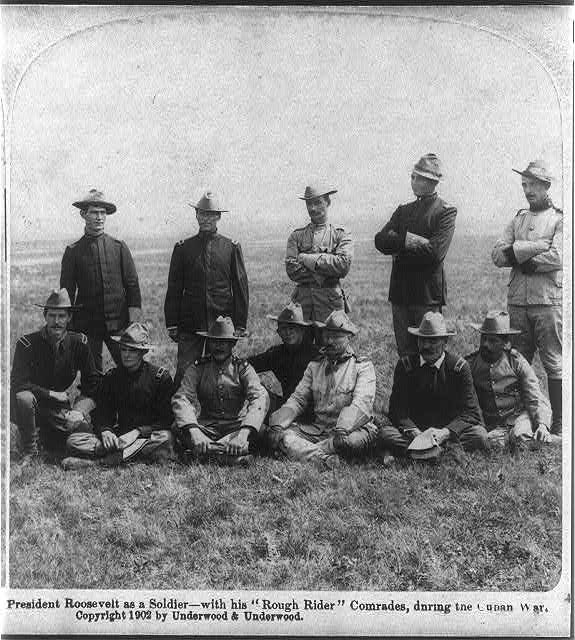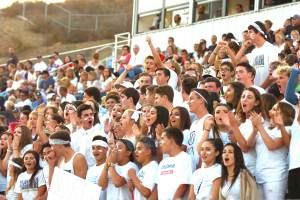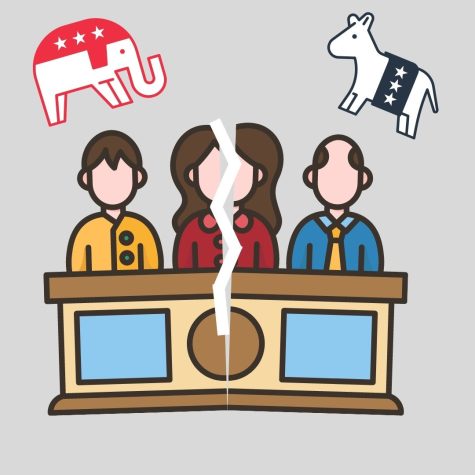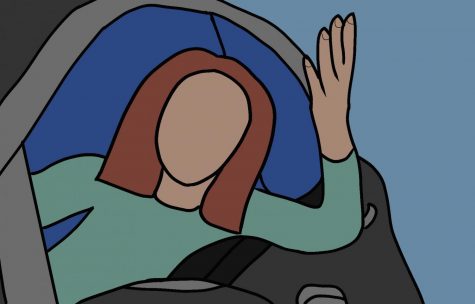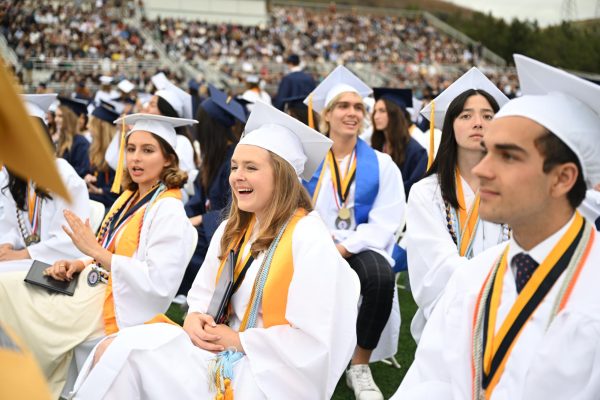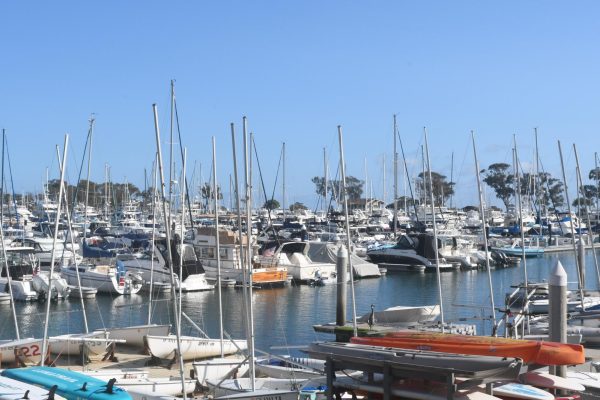San Juan Hills High School Retelling of History Narrow Minded and In Need of Change
President Roosevelt poses with his roughriders, who San Juan Hills is loosely attached to.
As time passes and the hearts and minds of many evolve, tradition needs to change with them.
This growth should undoubtedly be seen as a positive thing. The Saddleback college’s previous mascot, the Gaucho— a blatantly racist reference toward stereotypes of Latino and Hispanic individuals– being changed to the bobcats is a prime example of this evolution. Groups like RetiretheGaucho have been working tirelessly at Saddleback for many years to get the mascot changed, and their demands have finally been realized, admittedly in a horribly delayed fashion.
These movements towards rebranding and more inclusive imagery as collective organizations should be taken introspectively. Students at the discipline assembly or just in conversation with individuals from other schools are constantly told that the branding of SJHHS is exceptional. But that idea needs to be reconsidered.
Yes, our branding is cohesive, but what implications does it have?
Yes, SJHHS’s branding inspires students to reach for the stars: to be multifaceted, kind human beings, but the way historical references associate with our brand, namely references to the Roughriders, is neither inclusive nor historically accurate.
When covering the creation of SJHHS’ famed slogan “Ride for the Brand” in 2014, reporter Taylor Rocha said that in combination with the slogan, “The Teddy Roosevelt mascot works perfectly with the rebranding of our school because of his famous ride up San Juan Hill with his band of Rough Riders in 1898, an illustration of true courage and determination.” Fortunately, the Teddy Roosevelt mascot was retired long ago, but the tales of Teddy Roosevelt and the Roughriders’ charge up San Juan Hill during the Spanish-American War still persist, as they are subtly referenced by the slogan ride for the brand, and by San Juan Hills Highschools’ name itself.
That inclusion of history in San Juan Hills high school’s branding package– the history that freshmen are told at orientations and publicity events– is completely one sided and should be rethought.
Granted, the valor that soldiers show to this day and throughout history, facing bullets and other soldiers head on, is deserving of immense gratitude. However, romanticizing the Rough Riders’ charge up San Juan Heights in Cuba is whitewashing history. To San Juan Hills high school’s credit, it is hard to get a holistic view of history when dominating historical narratives largely only credit white people for achievements.
Teddy Roosevelt is painted as a hero, who led his Rough Riders up Kettle hill— not necessarily San Juan Hill. During the battle at San Juan Heights, American troops fell under gunfire of the Spanish in what was called Hell’s Pocket. They then split into groups, the rough riders taking Kettle Hill and others, the Buffalo Soldiers— a famous troop of soldiers of color— and some other regiments taking San Juan Hill. This was a battle in which the army saw integration, as both groups worked with colored regiments, since they weren’t allowed to serve in regiments with white soldiers. The victory of that day can largely be attributed to the sacrifices made by the soldiers of color, who have gone largely unrecognized.
While some soldiers did receive recognition later down the line, the dominating narrative of Roosevelt and his white Rough Riders being the heroes of the day is still perpetuated. Teddy Roosevelt owed a great part of his success to a group of people that were marginalized for centuries, yet no one seems to mention that.
Tying school branding to this narrow view of history is allowing the systemic problem of racism to persist, because we are not fully acknowledging the achievements of people of color and how integral they are to American history. In further irony, SJHHS, an educational institution, is perpetuating a partially inaccurate historical narrative.
Ride for the Brand is a fantastic sentiment, and accurately captures the essence of SJHHS, but the story accompanying it is overdue for a revamp. When we change our history to be more inclusive, we also set the tone for our Stallion community as well. Talking about this historic battle and honoring how both Black soldiers persisted in the face of racism and in the face of war teaches our community about struggles that are alien to them.
It also reminds people that cooperation is possible: the Battle at San Juan Heights was one that witnessed an integration of forces, with Black soldiers and white soldiers working together to achieve a common goal. It is high time that we acknowledge the work of Black Americans, whose contributions to society have gone unacknowledged for the majority of history.
Your donation will support the student journalists of San Juan Hills High School. Your contribution will allow us to cover our annual professional memberships as well as equipment and other costs associated with bringing you high quality student journalism.

This is Sandhya's fourth year of writing for The Express. Sandhya enjoys learning and writing about current events and wants to study political sciences...

